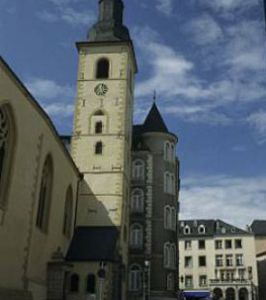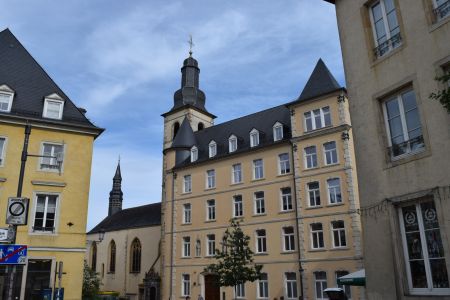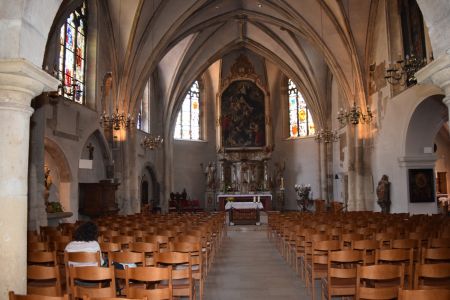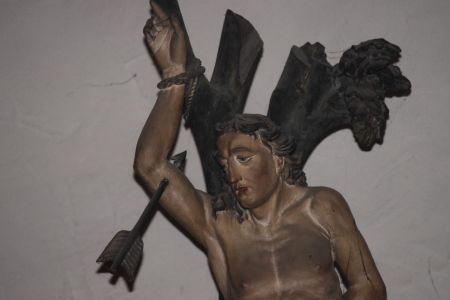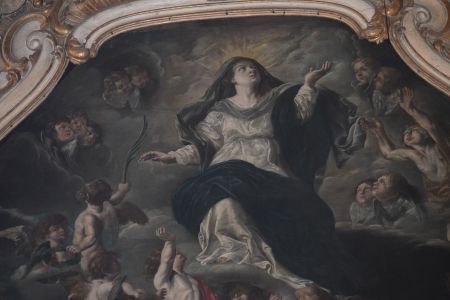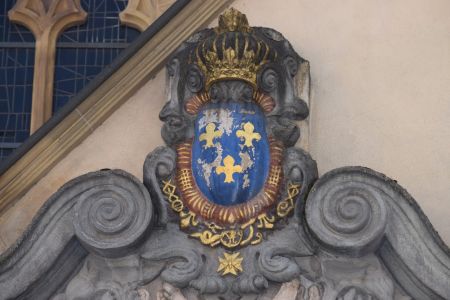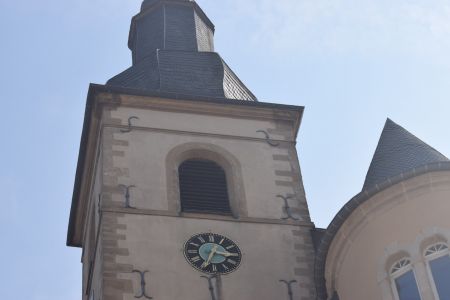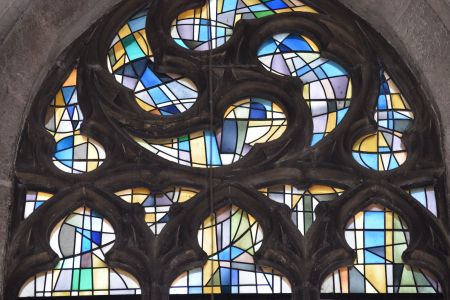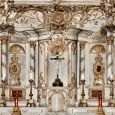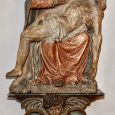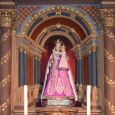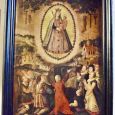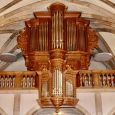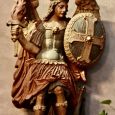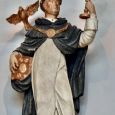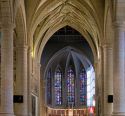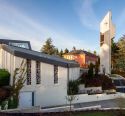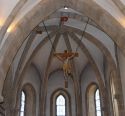Church | XVI | Romanesque, Gothic, Baroque | Catholic Church


Map
Opening hours
01 March - 31 October
Mon 8.00 - 18.00
Tue 8.00 - 18.00
Wed 8.00 - 18.00
Thu 8.00 - 18.00
Fri 8.00 - 18.00
Sat 8.00 - 18.00
Sun 8.00 - 18.00
01 November - 28 February
Mon 9.00 - 17.00
Tue 9.00 - 17.00
Wed 9.00 - 17.00
Thu 9.00 - 17.00
Fri 9.00 - 17.00
Sat 9.00 - 17.00
Sun 9.00 - 17.00
Description
In 987, Archbishop Egbert of Trier consecrated a church in honour of the Most Holy Redeemer next to the Count's Castle. When the church was rebuilt in the 13th century, it was given St. Michael as its patron saint. The conquest of the town by Burgundian troops in 1443 caused severe damage. A fire at the beginning of the XVth century led to a new building in 1519, the date of which is engraved on a vault keystone.
The core of today's late Gothic building dates to this time (the XVIth century). In the XVIIth century, the room was enlarged towards the west. The apse, which was too close to the ramparts, was removed. The tower was given its characteristic onion dome. The parish is entrusted to the Dominicans, who remain here until the French Revolution. The side aisle is built in 1834 by incorporating the former monastery refectory. After the temporary secularisation under French rule, the church is furnished with furniture taken from several other places of worship.
Photos
Media
Remarkable elements
The tabernacle of the high altar
The tabernacle of the high altar is flanked by the statues of Saints Augustine and Pierre Fourier. Works by Barthélémy Namur. Provenance: Canonesses of St Augustine. The painting represents the Assumption of the Virgin Mary. Work of Jacques Nicolaï. Provenance: former Jesuit church.
The Virgin of Mercy
The Virgin of Mercy holds the dead Christ in her lap, a once popular Marian image.
Rosery altar
The perspective niche of the Rosary altar is typical of Baroque art. It is the only preserved altarpiece from the time of the Dominicans.
The painting of the Rosary
The painting of Our Lady of the Rosary is particularly venerated in St. Michael. The cult was propagated by the Dominicans in particular.
The organ
The organ case dates from the 17th century and comes from the demolished Franciscan church. Music played an important role in the Baroque liturgy.
Saint Michael
Saint Michael is represented as a soldier slaying the dragon. Stone sculpture by Nicolas Koenen.



